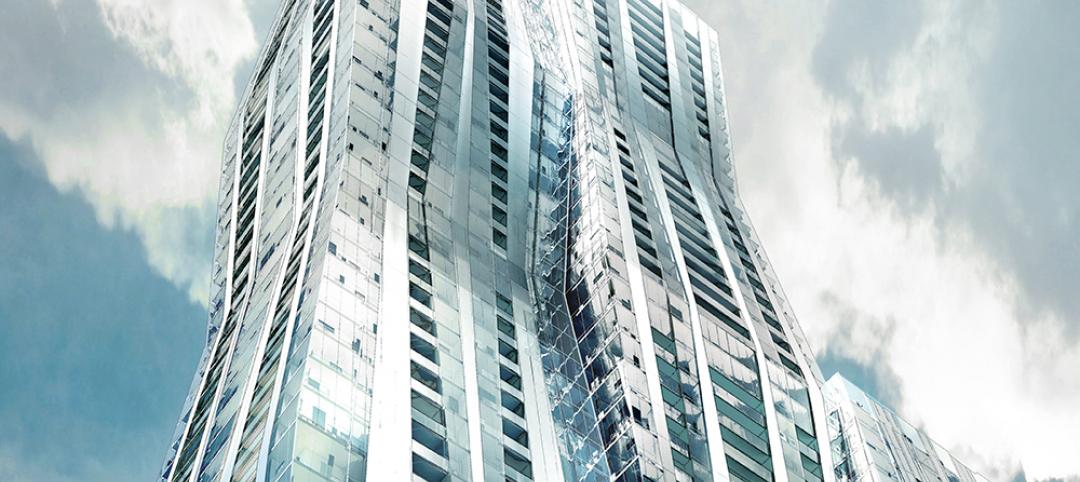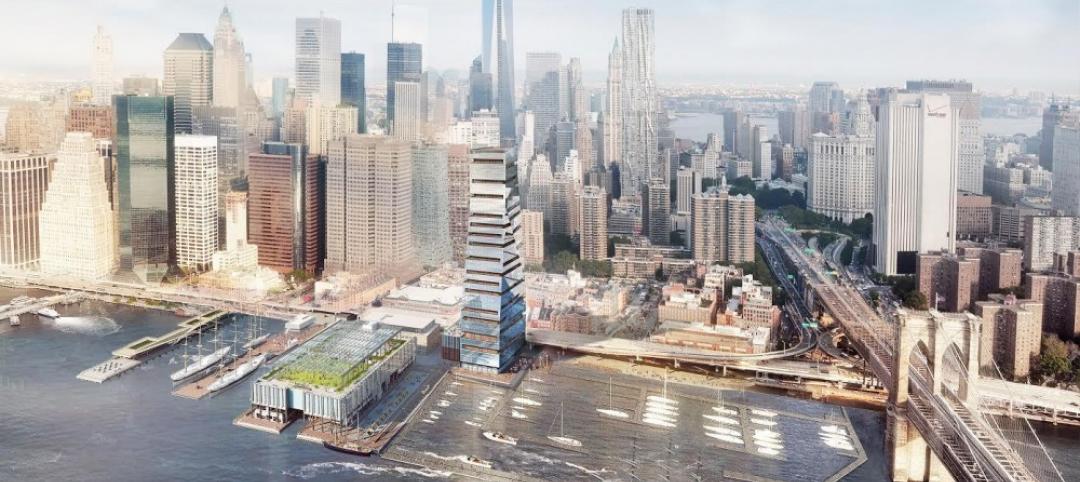The National Multifamily Housing Council and the National Apartment Association launched the latest phase of “WeAreApartments,” a marketing campaign that promotes the importance of the apartment industry to the U.S. economy.
Using research from George Mason University’s Center for Regional Analysis, the groups claim that there are more than 37 million Americans—12% of the population—living in just under 20 million apartment units nationwide. Apartments and their residents contribute $1.3 trillion annually to the economy through construction, property management, and other jobs the industry supports.
This research provides some interesting factoids about the apartment sector: For example, 49% are one-person households, compared to 24% of apartments with three or more people in them. The highest portion of apartment buildings—27%—has either 50 units or more, or a between five and nine units. The apartment housing stock is aging, too: more than half was built between 1959 and 1979.
The campaign contends that the country needs between 300,000 and 400,000 new apartments each year to keep up with demand.
Apartments contribute more to the New York metropolitan area’s economy—$111.5 billion annually—than in any other market. Multifamily accounted for 44% of residential permits issued in Dallas-Fort Worth last year. And $2.3 billion was spent on apartment construction in Los Angeles.
(The campaign’s website includes an Apartment Community Estimator, which allows metros and states to figure out the economic construction from the apartment sector in their respective areas.)
The campaign contends that the country needs between 300,000 and 400,000 new apartments each year to keep up with demand. “What construction has accelerated in response, many communities still lack sufficient housing options,” it reports.
To get its message out, the groups sponsoring this campaign have devised a new series of print and online ads that attempts to get beyond perceived stereotypes about apartment dwellers. For example, one ad shows a young African-American woman sitting in the kitchen of her apartment. The ad describes her as “Botanist. Swim Coach. Pickle Easter. Renter,” followed by the campaign’s tagline “Apartments. We Live Her.” Another ad states humorously that “Liberals Live In Them. So Do Conservatives, But In Another Wing.”
One of the campaign’s more provocative messages is that apartment dwellers are fulfilling their “The American Dream.” That phrase, heretofore, had been reserved for homeownership, but younger Americans’ avidity for owning a house is still uncertain.
Related Stories
Smart Buildings | Jan 7, 2015
Best practices for urban infill development: Embrace the region's character, master the pedestrian experience
If an urban building isn’t grounded in the local region’s character, it will end up feeling generic and out-of-place. To do urban infill the right way, it’s essential to slow down and pay proper attention to the context of an urban environment, writes GS&P's Joe Bucher.
| Jan 6, 2015
Construction permits exceeded $2 billion in Minneapolis in 2014
Two major projects—a new stadium for the Minnesota Vikings NFL team and the city’s Downtown East redevelopment—accounted for about half of the total worth of the permits issued.
| Jan 2, 2015
Construction put in place enjoyed healthy gains in 2014
Construction consultant FMI foresees—with some caveats—continuing growth in the office, lodging, and manufacturing sectors. But funding uncertainties raise red flags in education and healthcare.
Sponsored | | Dec 30, 2014
Case studies: Engineered wood brings cost savings, design flexibility across commercial project types
For commercial architects facing increasing pressure to design innovative structures while simultaneously cutting costs and accommodating tight deadlines, engineered wood systems are providing a welcome solution.
| Dec 28, 2014
Robots, drones, and printed buildings: The promise of automated construction
Building Teams across the globe are employing advanced robotics to simplify what is inherently a complex, messy process—construction.
| Dec 28, 2014
AIA course: Enhancing interior comfort while improving overall building efficacy
Providing more comfortable conditions to building occupants has become a top priority in today’s interior designs. This course is worth 1.0 AIA LU/HSW.
| Dec 28, 2014
6 trends steering today's college residence halls
University students want more in a residence hall than just a place to sleep. They want a space that reflects their style of living and learning.
| Dec 22, 2014
Studio Gang to design Chicago’s third-tallest skyscraper
The first U.S. real-estate investment by The Wanda Group, owned by China’s richest man, will be an 88-story, 1,148-ft-tall mixed-use tower designed by Jeanne Gang.
| Dec 17, 2014
ULI report looks at growing appeal of micro unit apartments
New research from the Urban Land Institute suggests that micro units have staying power as a housing type that appeals to urban dwellers in high-cost markets who are willing to trade space for improved affordability and proximity to downtown neighborhoods.
| Dec 15, 2014
SHoP Architects plans to turn NY's Seaport District into pedestrianized, mixed-use area
The scheme includes a proposed 500-foot luxury residential tower that would jut out into the harbor, extending the Manhattan grid out into the waterfront.
















